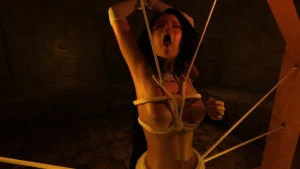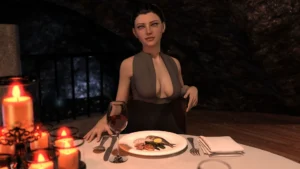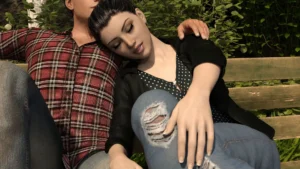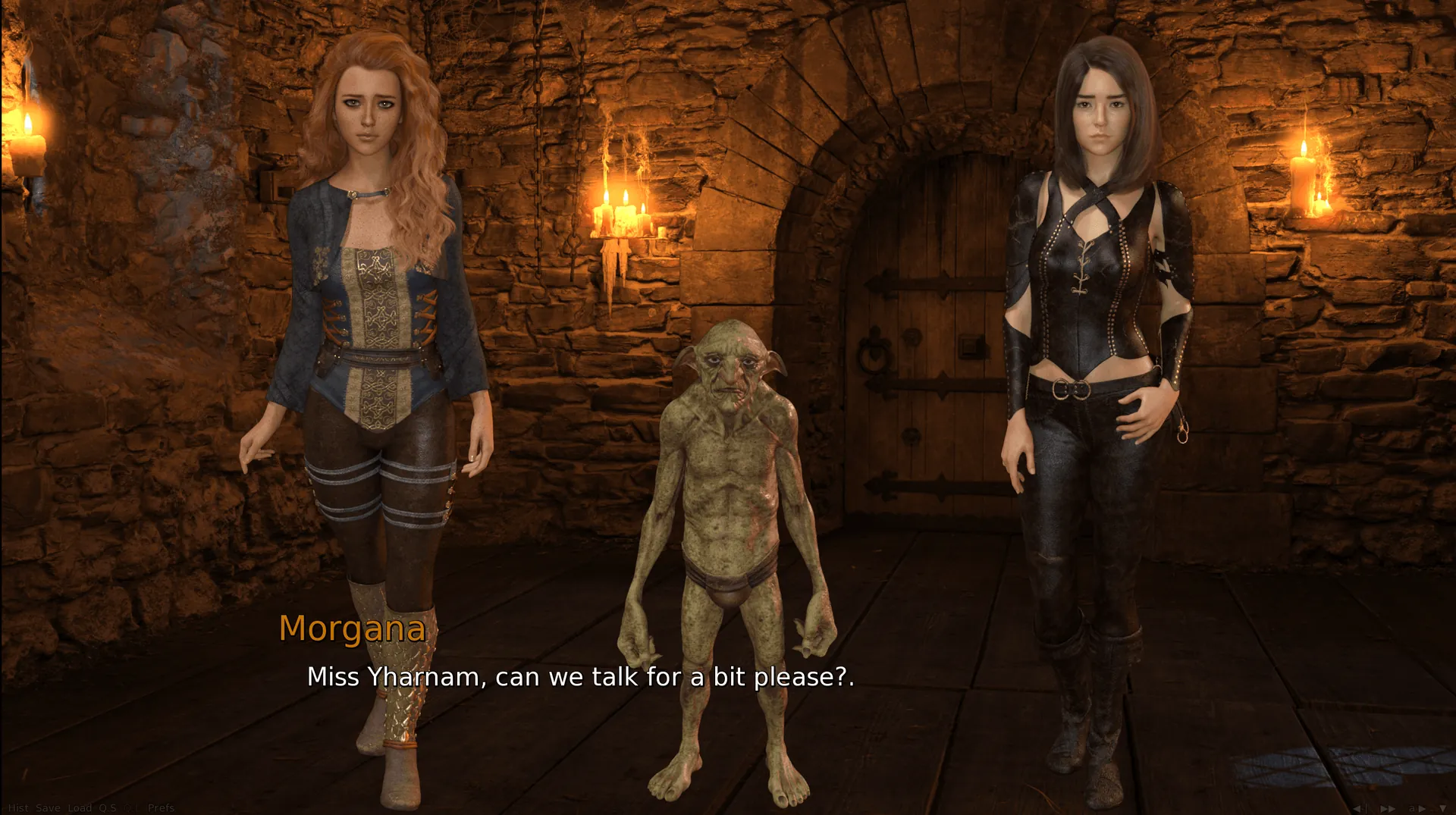
Sisterly Lust
Play Sisterly Lust
Sisterly Lust review
Exploring Character Dynamics and Choice Systems in the Adult Visual Novel
The visual novel ‘Sisterly Lust’ has sparked intense discussion for its ambitious narrative design within the adult gaming niche. Unlike conventional entries in this genre, it combines complex character arcs with branching storylines that respond meaningfully to player decisions. This analysis examines how the game balances mature themes with genuine character development, offering insights for both curious players and narrative design enthusiasts.
Narrative Architecture and Player Agency
Branching Storylines and Consequences
Let’s cut to the chase: Sisterly Lust isn’t your grandma’s visual novel. 🎮 This game throws you into a tangled web of family dynamics where every choice feels like stepping on a landmine—except instead of explosions, you get awkward family dinners or, uh, other kinds of tension. The branching storylines here are so intricate, you’ll feel like you’re playing 4D chess with your own morals.
Take Bella, the rebellious sister with a soft spot for late-night adventures. Early on, you’ll face a choice: do you cover for her sneaking out, building trust, or rat her out to assert control (hello, corruption)? I tried both paths once—let’s just say the “trust” route led to heartfelt rooftop confessions, while the “corruption” path ended with her slamming doors and my save file. 💔
The game locks major story beats behind these forks in the road. For example, helping Susan (the mom) with her career crisis might unlock a tender bonding scene, but skipping it could leave her isolated—and your chances of rebuilding that relationship poof, gone.
| Character | Key Requirement | Major Decision Points |
|---|---|---|
| Bella | Trust ≥ 70% by Chapter 5 | Covering her secret job, resolving fights with Liza |
| Liza | Corruption ≥ 40% before Chapter 7 | Intervening in her school drama, late-night talks |
| Rachel | Balanced trust/corruption | Handling her anxiety, encouraging independence |
| Susan | Complete 3/4 family events | Career support, managing household conflicts |
Pro tip: Save often! One wrong move in Chapter 3 can brick your chances with Liza forever. 😬
Character Relationship Systems
Here’s where Sisterly Lust gets spicy 🌶️—and I’m not just talking about the, uh, adult scenes. The character relationship guide you wish you had starts with understanding the trust vs corruption system. Think of it as a moral compass that’s been dropped in a blender:
- Trust = Emotional connection, vulnerability, and mutual respect
- Corruption = Power plays, manipulation, and pushing boundaries
For Bella, building trust means being her confidant. You’ll unlock sweet moments like stargazing or helping her hide a tattoo. But lean into corruption? Suddenly you’re gaslighting her about that tattoo, and boom—you’re on a dark path where she resents you but can’t walk away. 😥
Rachel’s route is trickier. She’s shy, so balancing trust and corruption is key. Push too hard, and she shuts down. Be too passive? She’ll friendzone you faster than you can say “awkward hug.”
And let’s not forget the pregnancy outcome system—yes, that mechanic. Choices like skipping protection or pressuring characters lead to irreversible consequences. One playthrough, I messed up and triggered a chaotic ending where Susan had to mediate a family meltdown. 🍼🔥
Ethical Dilemmas in Game Design
Alright, let’s address the elephant in the room: Sisterly Lust loves making players squirm. The game’s themes have sparked debates hotter than a jalapeño smoothie. 🌶️ Is it exploring complex family bonds, or just pushing taboos for shock value?
Here’s my take: The ethical dilemmas force you to confront why you’re making choices. Are you nurturing relationships, or treating characters like checkboxes? When Liza’s route requires you to exploit her insecurities for “corruption points,” it feels icky—but that’s the point. The game holds up a mirror to your gameplay ethics.
Critics argue it normalizes toxic dynamics, but fans praise its boldness. Personally, I appreciate how it doesn’t sugarcoat consequences. Mess up Bella’s trust? She’ll call you out in a brutally honest cutscene that’s harder to watch than my cringe-highlight reel from 2012.
🚨 Controversy alert: If you’re here just for the “adult” bits, this game will humble you. The story demands engagement—no half-hearted clicking allowed.
Wrapping It Up
So, should you play Sisterly Lust? If you’re into multiple ending paths that actually mean something, and don’t mind your choices haunting you at 3 AM, absolutely. Use this Sisterly Lust walkthrough as your roadmap, but remember: there’s no “right” way to play. Just be ready to face the music—or the awkward family reunion. 🎻
Now go forth, save scum responsibly, and maybe keep a therapist on speed dial. 😉
While controversial in premise, ‘Sisterly Lust’ demonstrates how adult games can implement meaningful choice systems that rival mainstream narrative titles. Its emphasis on character motivations over gratuitous content sets a noteworthy precedent. Readers interested in story-driven gameplay may find value in experiencing its branching paths firsthand, while developers can study its approach to player consequence design.



















